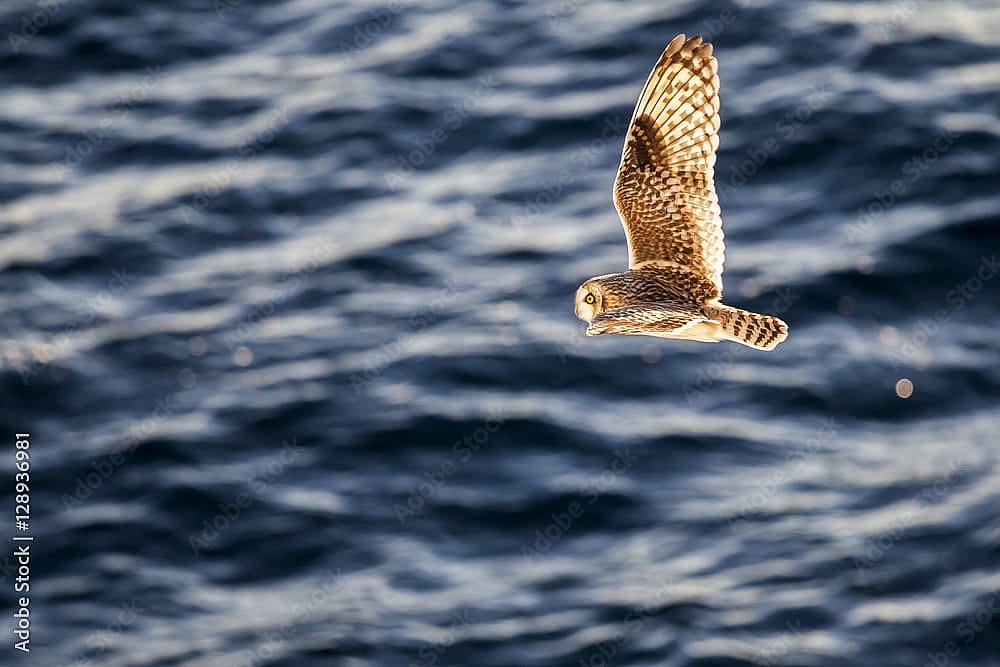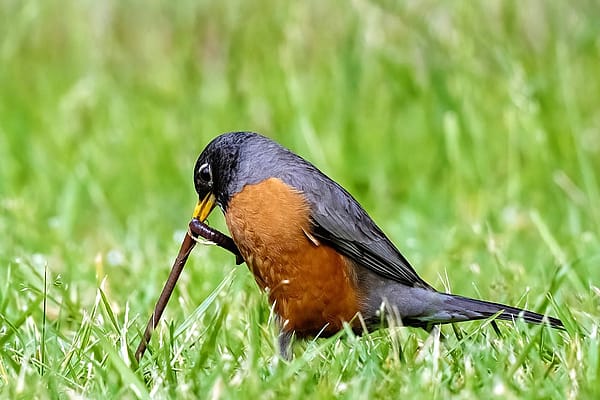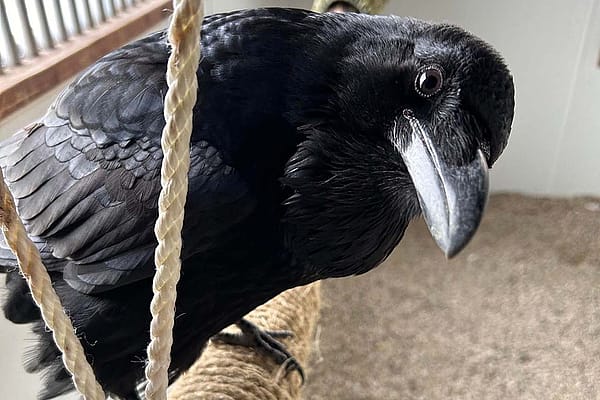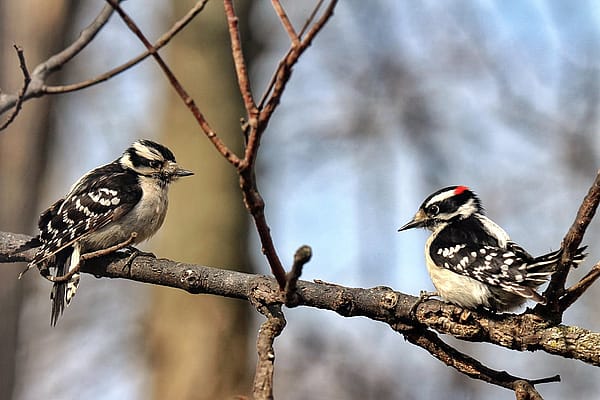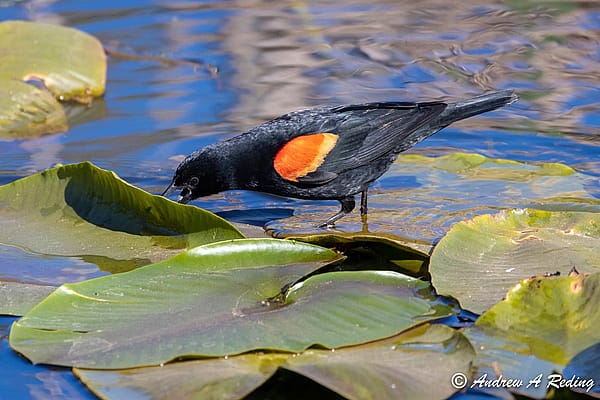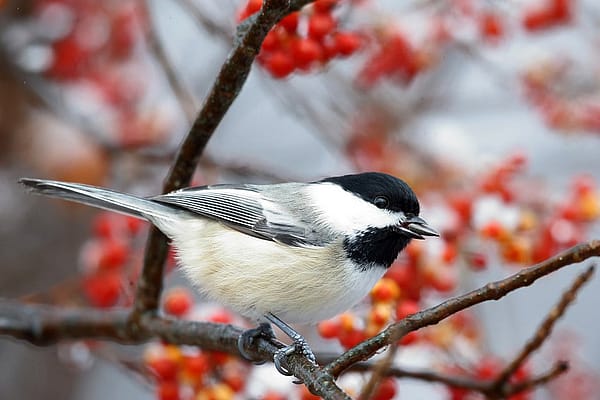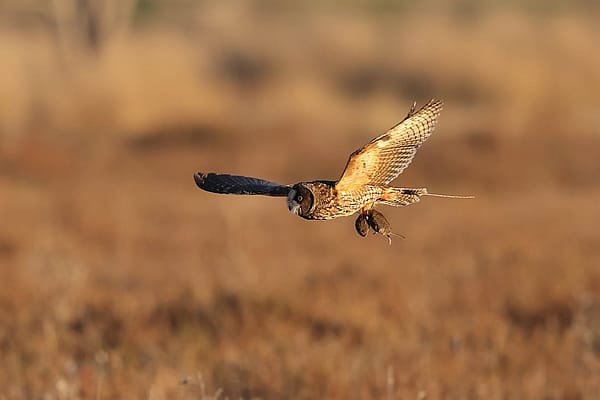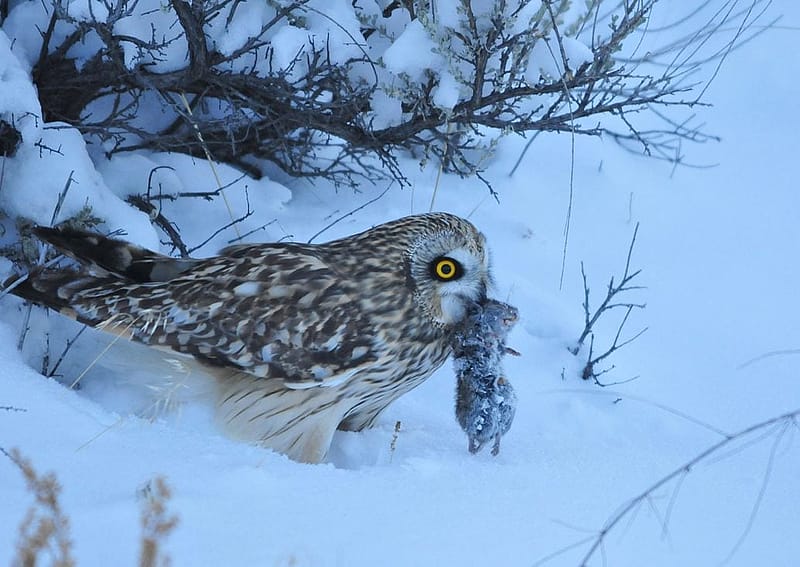
My Favorite Interesting Facts About the Short-eared Owl
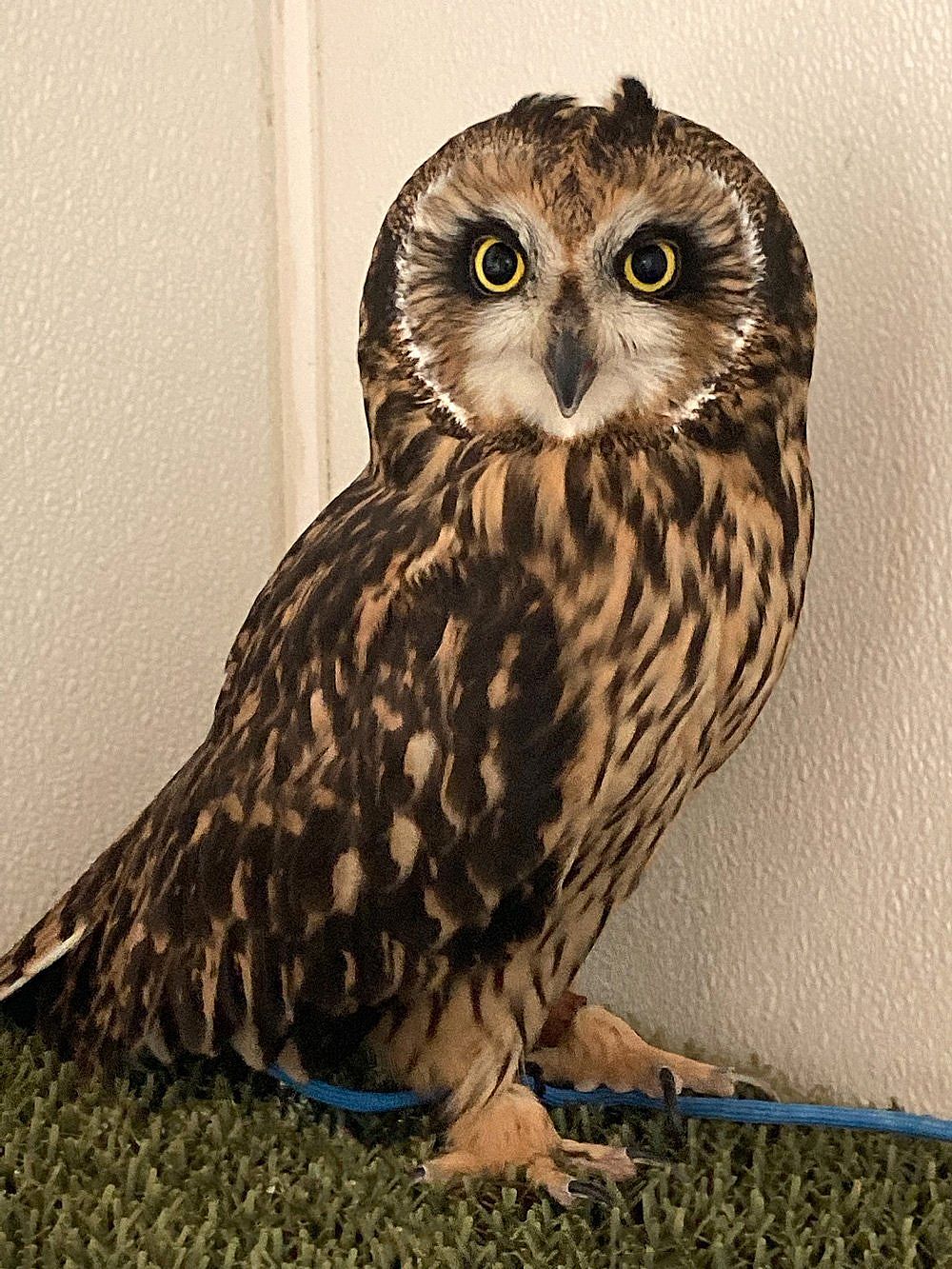
For many people owls are a favorite bird, with Short-eared Owls being just one of more than 200 species worldwide. The smallest, the Elf Owl, resides in the south western part of the United States to Central Mexico, and Baja California. The largest, the Blakiston Fish Owl, lives in Siberia, NE China, and Hokkaido Island in Japan. Of all the world’s owl species, only six live in non-forested habitats, with half of these being found in North America. These three are the Burrowing Owl, the Snowy Owl, and the Short-eared Owl. Short-eared Owls are also one of the most widely distributed owls, living in every continent of the world, except Antarctica and Australia. In this blog I have listed 8 of my favorite facts about Short-eared Owls.
1) Short-eared Owls are one of only two owl species living on the Hawaiian Islands. Arriving naturally, it is believed that they may have traveled down from Alaska. The second owl on the Islands is the Barn Owl. They were introduced to the islands for the purpose of controlling rodent populations.

2) Short-eared Owls may travel great distances, with migrations of 1200 miles documented. These migrations may include long distances over water. One Short-eared Owl was recorded landing on a ship in the Pacific Ocean, 653 miles from land. Breeding populations have been found on remote oceanic islands, further demonstrating this ability.
3) Short-eared Owls are one of the few owls that nest on the ground. The nest is located within grass or herbaceous ground cover. The nest is created by the female, who makes a scrape and then lines it with grass stems, herb stalks, and feathers. She often obtains feathers by plucking them from her breast.
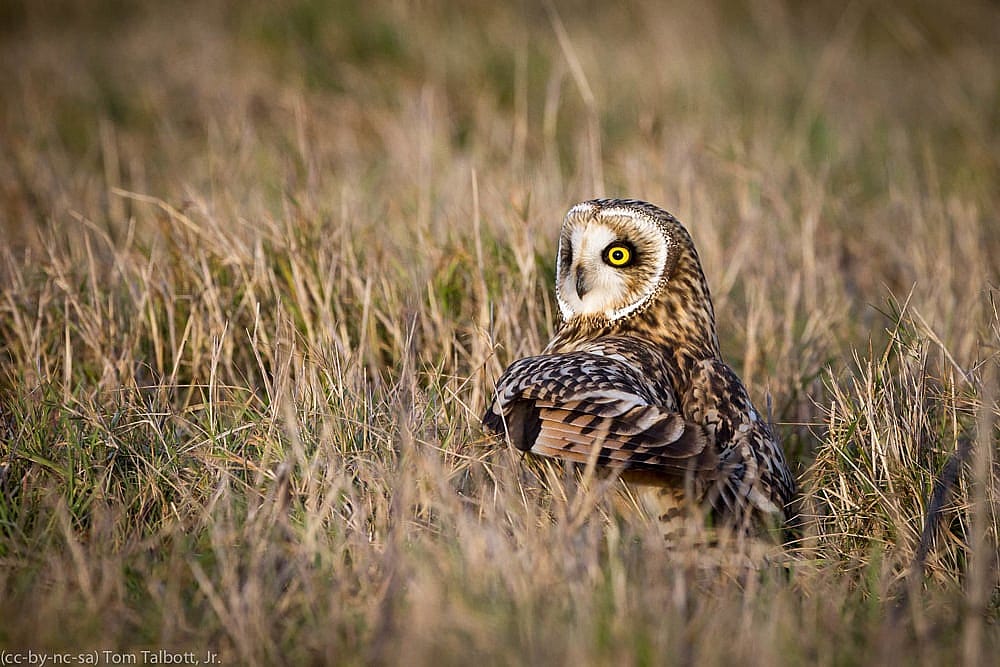
4) A male Short-eared Owl will do elaborate courtship flights which include audible wing clapping under its body. Sounding like the crack of a whip, these quick bursts may contain up to 10 claps per second! This clapping may also be used as an aggressive display to warn intruders away from the male’s territory. In this video you can hear a brief sound bite of wing clapping around the 1:13 mark. You will also hear a good example of the calls made by the male and female during breeding season.
5) Short-eared Owls begin calling while still inside the egg. This high pitched sound will continue after hatching. Around 7-days of age, the nestlings’ voice will become somewhat lower in pitch.
6) Short-eared Owls begin leaving the nest on foot around 14 – 18 days of age. They are not yet able to fly so they spend their time walking and running, possibly straying as far as 656 feet from the nest. During this time, the parents will continue to feed and care for their young. Leaving the nest helps reduce the amount of time when they are most vulnerable to predation. The juveniles generally begin to fly (fledge) around one month after hatching. One to two weeks after fledging the young are completely independent.
7) Short-eared Owls will often avoid detection from predators due to their natural coloration, which camouflages them in grasslands. If this fails, they may feign death. They will also give a broken wing distraction display when defending their nest and young.
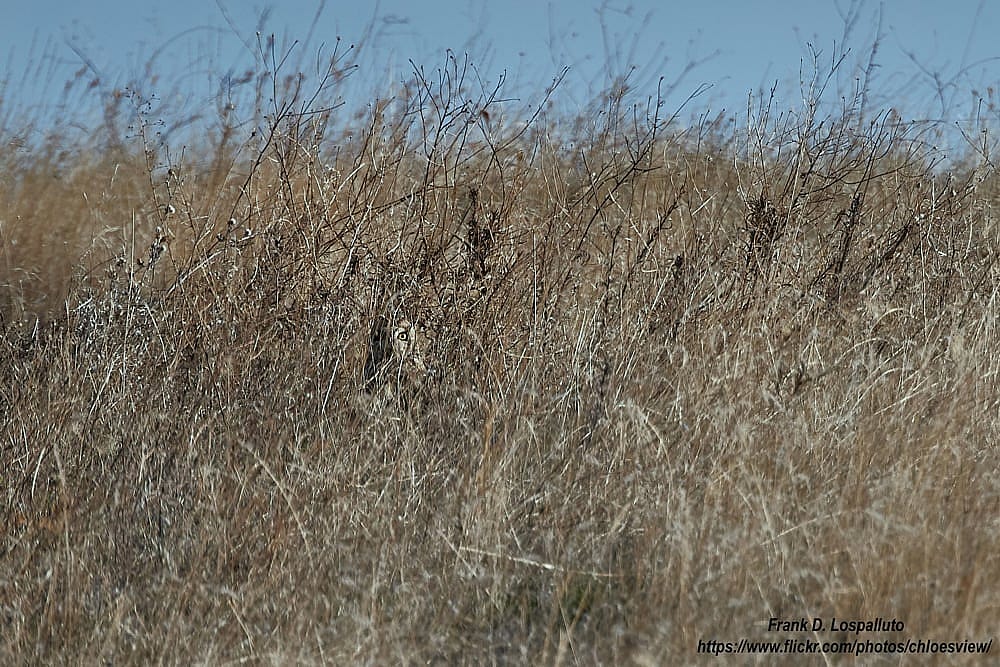
8) During the non-breeding season up to 200 Short-eared Owls may roost together in areas of abundant prey, possibly as close as 3 feet from each other.
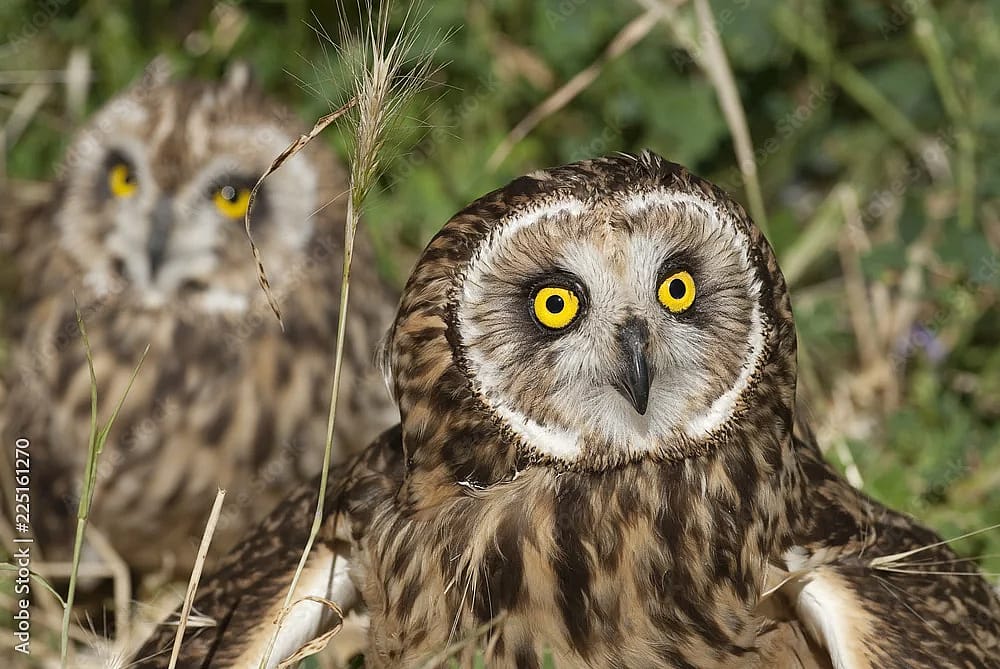
Photo Credits:
Opening photo of Amelia courtesy of Anne Hay
Short-eared with rodent © USFWS Mountain-Prairie, Attribution License
Short-eared Owl in flight over ocean © Mario Hoppmann/ Adobe Stock # 225161270l
Short-eared Owl Nestling © Sergey Yeliseev. Attribution-NonCommercial-NoDerivs 2.0 Generic Deed
Short-eared Owl camouflaged © Frank Lospalluto, Attribution-NonCommercial-NoDerivs 2.0 Generic Deed
Short-eared Owls roosting close together © JAH /Adobe Stock # 225161270
Written By
Anne Hay
Anne Hay has a Bachelor's degree in Elementary Education and a Master's in Computers in Education. She spent most of her working years teaching third grade at Livingston School in Cody, Wyoming. After retiring she began doing a variety of volunteer work for the Buffalo Bill Center of the West’s Draper Natural History Museum. Anne loves nature and has a concern for the environment. She believes that educating the public, so that they will have a better understanding and appreciation for the natural world, is very important. Because of this belief, volunteering at the Center is a perfect fit. She spends time in the Draper Lab, observing eagle nests for Dr. Charles Preston’s long-term research project on nesting golden eagles, writing observation reports of raptor sightings in the Bighorn Basin, and working with the Draper Museum Raptor Experience. Anne states that, “Having a bird on my glove, is one of my all time favorite things in life.”
